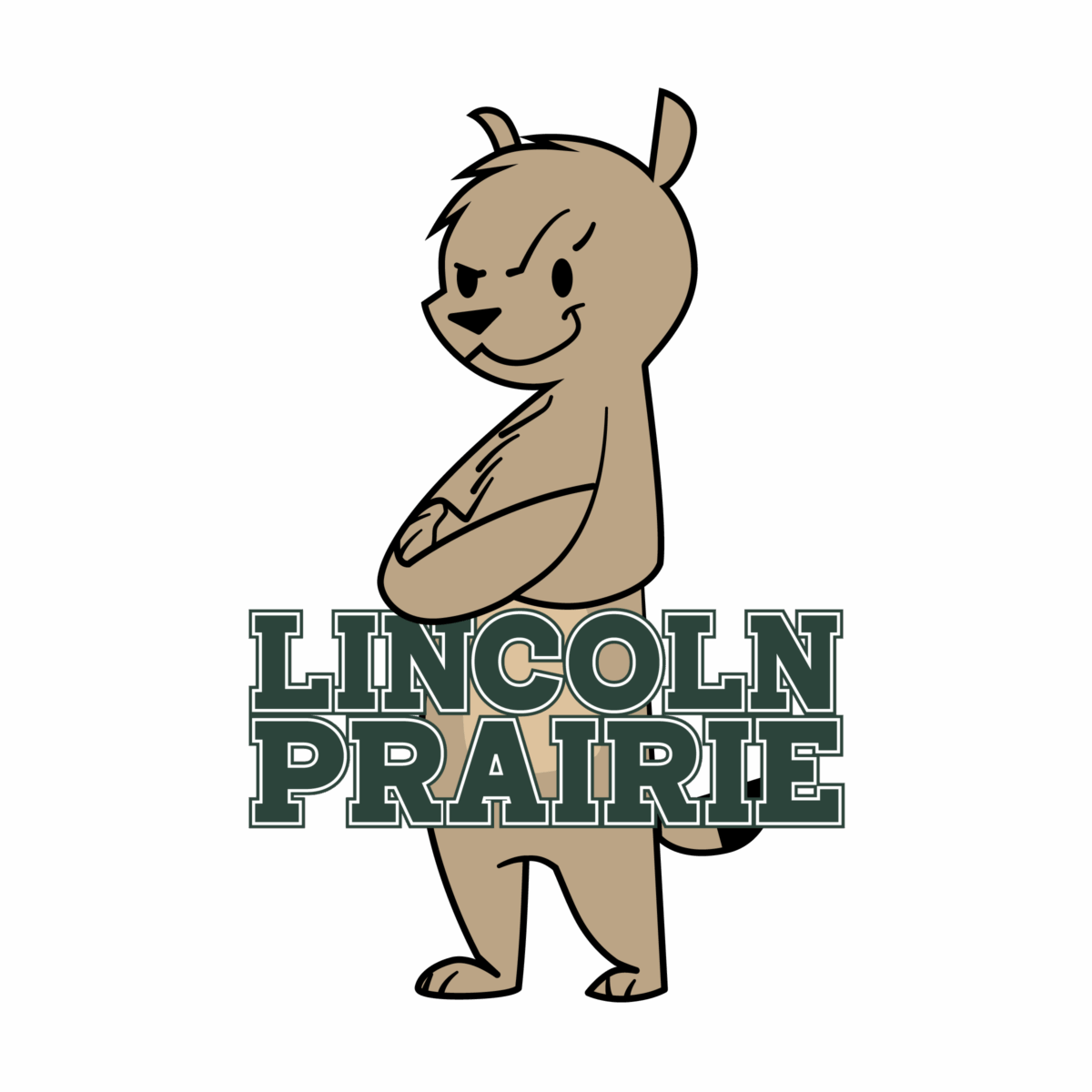Characteristics of a Multiage Program
A Multiage Classroom Is:
- Developmentally appropriate curricula for all children.
- A heterogeneous community of learners as related to age and ability.
- Supportive of continuous learning.
- Committed to honoring the development of the whole child.
- Conductive to active student involvement – hands-on activities, classroom discussions and projects, concrete experiences related to real life examples, discovery, and student-initiated learning.
- A teacher operating as the classroom facilitator – modeling, monitoring, observing, and giving guided instruction.
- An emphasis on balancing the process and products of learning.
- A provider of an integrated curriculum across many subject areas so that children learn concepts and processes in a meaningful context.
- Evaluated continuously using multiple data sources such as portfolios, anecdotal records, and samples of student work, as well as formal evaluation measures.
A Multiage Classroom Is Not:
- A static, lock-step learning system with little regard for a child’s interest or motivation to move vertically (advancing upward into a higher grade level) and horizontally, as he or she is interested in new knowledge.
- An emphasis on learning based solely on the intellectual domain defined as discrete, technical, academic skills.
- Work time where children are expected to work silently and alone on worksheets or with teacher-directed groups where a lecture of “round robin” reading in a circle occurs.
- The teacher at the front of the room all day as the “sage on the stage.”
- An isolated learning of subjects with worksheets to support teaching and little relationship of concepts among subject areas, with the day divided into individual time segments for each subject areas, and learning not seen as a part of the whole.
- A system that considers grades are the motivator for children to work.
 Lincoln Prairie
Lincoln Prairie